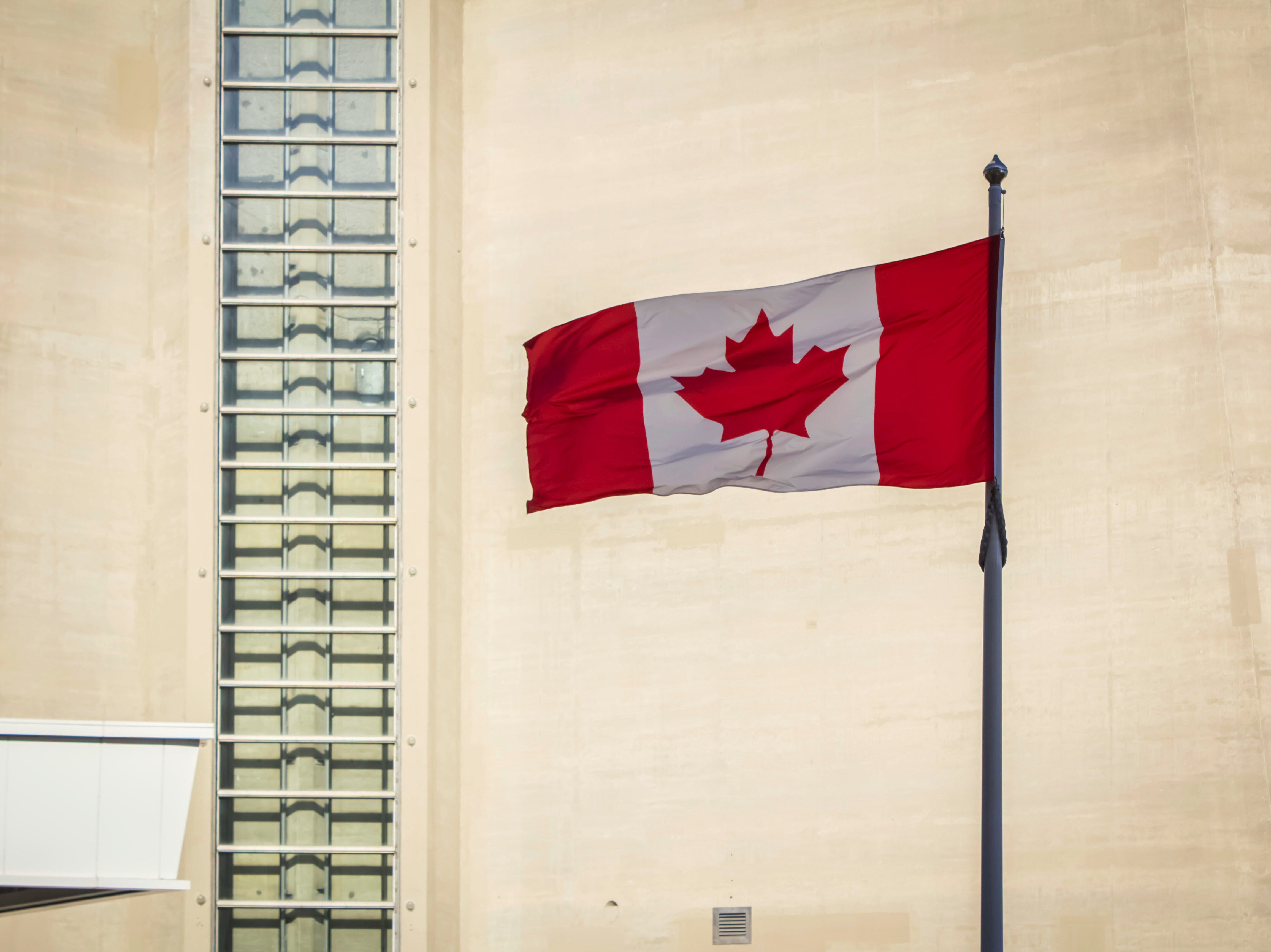Canada in 5: PGWP Flagpoling Ends at Borders

Canada ends post-graduation work permit flagpoling at borders, shifting to online-only applications. This impacts international graduates' timelines and planning. Nunavut develops its first immigration program, while Atom Egoyan's success showcases immigrant contributions to Canadian culture.
1. Top Story: Canada Ends Post-Graduation Work Permit Flagpoling
Canada has announced the immediate cessation of "flagpoling" for post-graduation work permit (PGWP) applications at the U.S.-Canada border. This decision marks the culmination of measures implemented throughout 2024 to address immigration challenges and optimize border resources.
Key Takeaways
- PGWP applications now exclusively online, no longer accepted at borders
- Flagpoling for PGWP represented 20% of attempts from March 2023 to February 2024
- Part of broader 2024 immigration changes, including cap on study permits
Gradual Implementation of Restrictions
The Canadian government initiated its strategy to curb flagpoling in May 2024 by imposing restrictions on flagpoling hours at 12 key border entry points across British Columbia, Quebec, and Ontario. By limiting the hours when immigration services were available at these crossings, authorities sought to manage the flow of applicants better and redirect resources to critical border operations.
Complete Ban on PGWP Flagpoling
On June 21, 2024, Canada implemented a complete ban on PGWP applications at the border. This decision eliminates flagpoling for PGWP applicants, aligning with Canada's broader plan to reduce temporary residents. The change is supposed to encourage applicants to use online services, reduce border congestion, and allow border officers to focus on critical security and trade facilitation tasks.
Broader Context: Canada's Immigration Policy Adjustments
Building on the May restrictions, Canada took a decisive step on June 21, 2024, by implementing a complete ban on PGWP applications at the border. This move eliminates flagpoling for PGWP applicants, pushing all applications to online platforms. Notable among these shifts is the cap on study permits, set at 360,000 - a 35% reduction from 2023 levels.
What this means for immigrants
The new policy significantly impacts international graduates seeking PGWPs. Online-only applications may lead to longer processing times. Graduates must plan ahead, applying well before a study permit expiry to maintain legal status. Those rules reflect Canada's evolving approach to managing immigration while attracting international talent, boosting Canada's job market growth.
2. Nunavut's Focus: Territory Plans First Immigration Program
Nunavut, Canada's only territory without an immigration program, plans to hire an immigration advisor in 2024 to develop a tailored approach to its needs. Despite the housing crisis, the territory seeks to attract more immigrants to address its specific priorities and reflect its unique context and values.
- 240 immigrants settled in Nunavut between 2016 and 2021, up from 205 between 2011 and 2015.
- New arrivals primarily come from Asia (105), Africa (70), and the Americas (50).
- In 2024, Nunavut will recruit an immigration advisor to develop a territorial program.
3. Success Snapshot: Atom Egoyan’s Cinematic Journey
Atom Egoyan, born in Egypt to Armenian parents, moved to Canada and became a celebrated filmmaker. His acclaimed films, like "The Sweet Hereafter," delve into profound themes and have garnered numerous awards. Egoyan's journey highlights the potential for immigrants to make significant cultural contributions and achieve remarkable success in Canada.![]()


